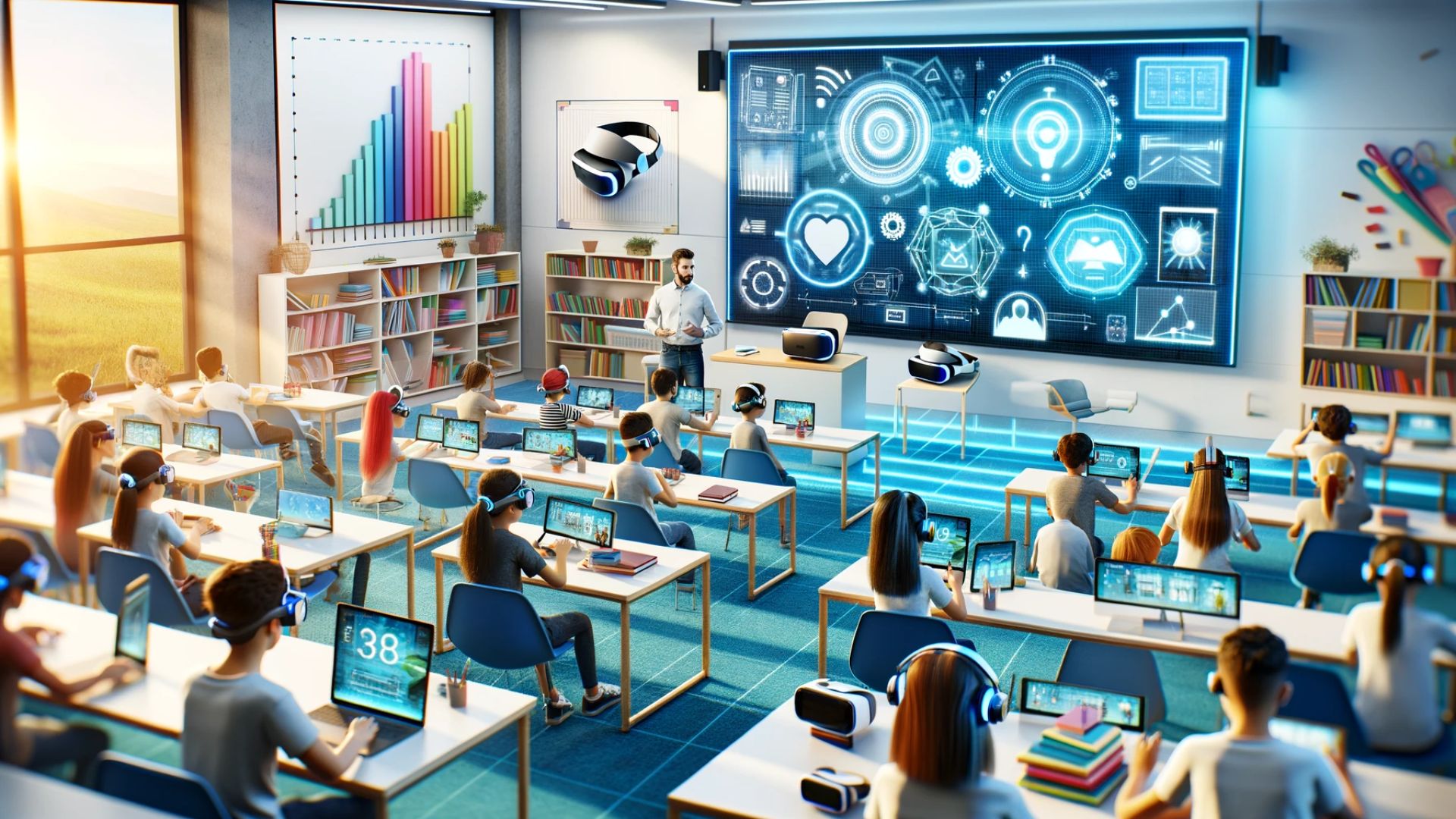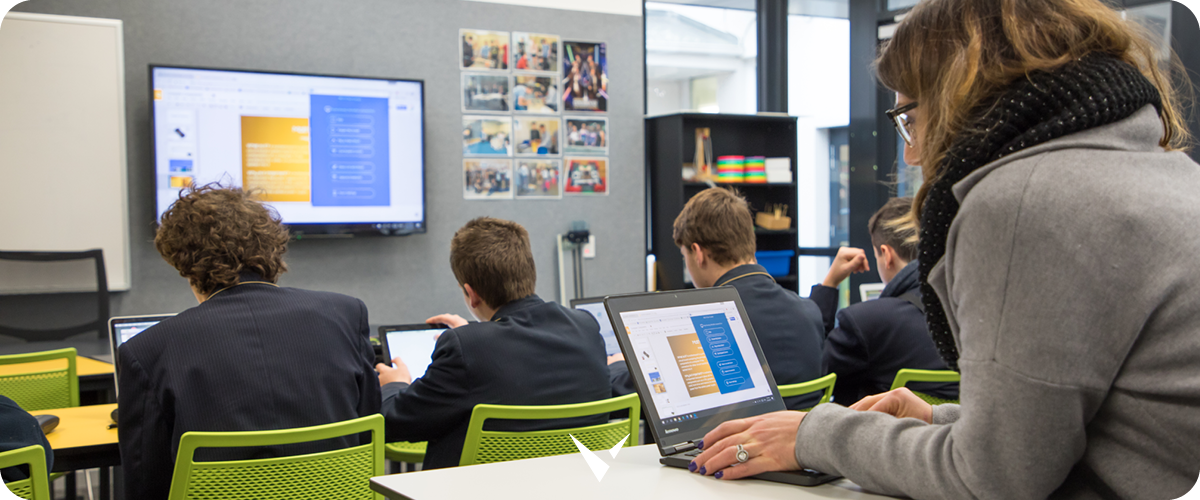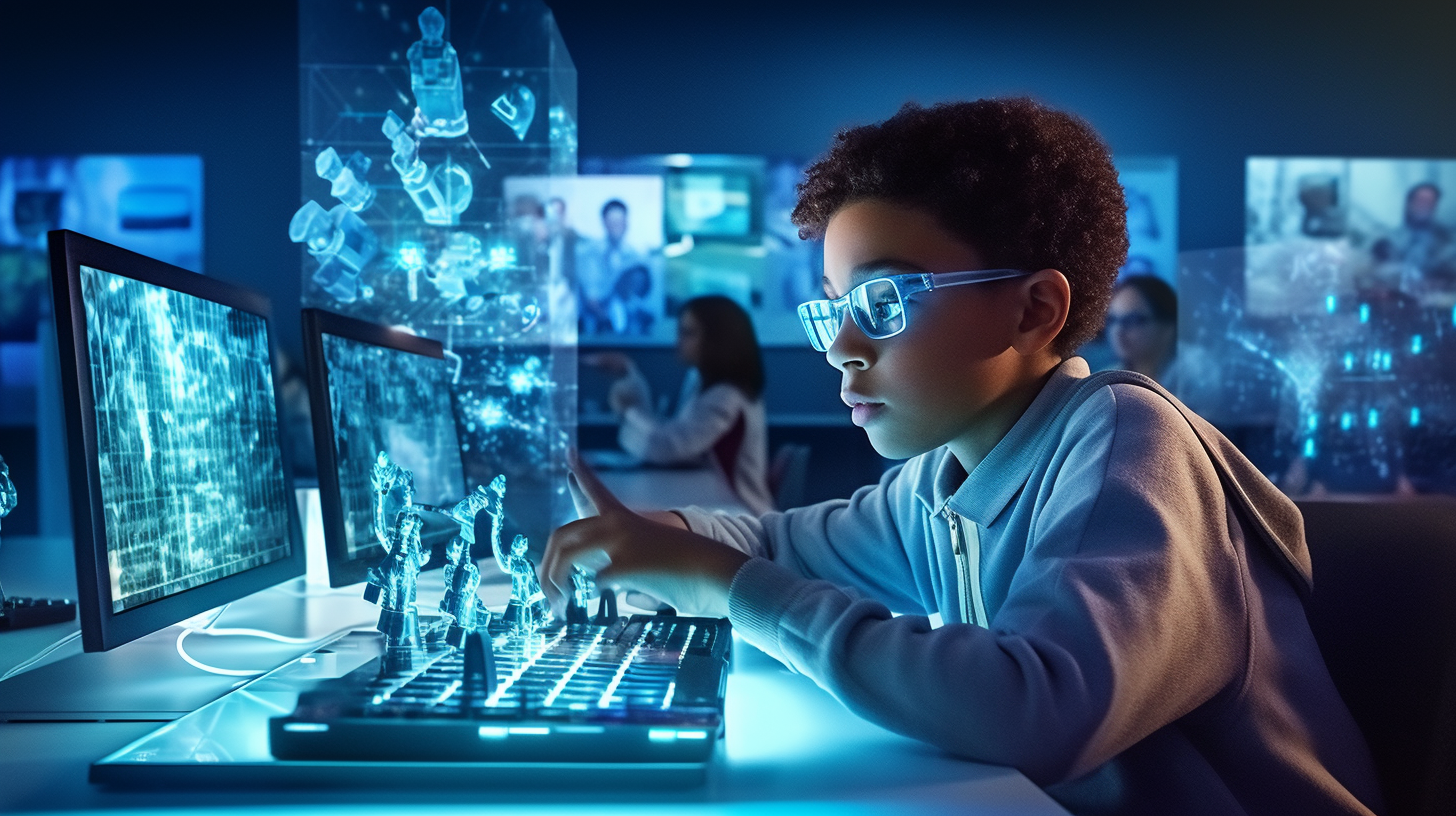
Introduction to Technology in Education
Technology has transformed every aspect of our lives, and education is no exception. Modern classrooms are now vibrant hubs filled with digital tools that enhance learning experiences. Gone are the days when chalkboards ruled the front of the room; today’s students engage with interactive software, tablets, and online resources that bring lessons to life.
As we navigate this tech-savvy era, it’s essential to explore how technology shapes education. How does it impact teachers and students? What advantages does it offer? Understanding these elements can help us appreciate the role technology plays in modern classrooms and its potential for shaping future learning environments. Let’s dive into this fascinating topic together!
Advantages of Technology in the Classroom
The integration of technology in classrooms offers numerous advantages. First, it fosters an interactive learning environment. Students can engage with multimedia resources that make lessons more captivating and relatable.
Additionally, technology supports personalized learning experiences. With adaptive software, each student can progress at their own pace. This is especially beneficial for those who may need extra support or challenges.
Collaboration also flourishes through technological tools. Platforms like Google Classroom enable students to work together seamlessly on projects, even from different locations.
Moreover, technology provides access to a wealth of information beyond textbooks. Online databases and educational websites enrich the research process and encourage critical thinking skills.
It prepares students for the future job market by equipping them with essential digital skills. Familiarity with various technologies makes transitions into higher education or careers smoother and more successful.
Types of Technology Used in Modern Classrooms
Modern classrooms are brimming with various technologies that transform learning experiences. Interactive whiteboards have replaced traditional chalkboards, allowing teachers to present dynamic lessons and engage students visually.
Tablets and laptops are commonplace, granting students access to a wealth of information at their fingertips. These devices facilitate research and collaboration on projects in real-time.
Learning management systems (LMS) serve as digital hubs for course materials, assignments, and communication between teachers and students. This streamlines the educational process significantly.
Virtual reality (VR) is making waves too, providing immersive experiences that transport learners into different worlds or historical events without leaving the classroom.
Moreover, educational apps cater to diverse learning styles, ensuring each student can progress at their own pace while enjoying interactive content tailored just for them.

Challenges and Concerns with Technology in Education
While technology offers numerous benefits, it also brings challenges that educators must navigate. One major concern is the digital divide. Not all students have equal access to devices and high-speed internet, which can hinder their learning experience.
Another issue involves screen time. Excessive use of screens may lead to health problems like eye strain and fatigue. Teachers face the task of balancing tech usage with traditional methods.
There’s also the risk of distractions. Social media and games are just a click away, making it harder for students to focus on lessons. Educators need strategies to keep engagement levels high without losing control over classroom dynamics.
There’s ongoing training required for teachers. Keeping up with evolving technologies demands time and resources, often leaving educators feeling overwhelmed rather than empowered in their teaching roles.
Integrating Technology into Lesson Plans
Integrating technology into lesson plans can transform the learning experience. It allows teachers to create dynamic and interactive lessons that captivate students’ attention.
Using multimedia resources, such as videos and podcasts, helps clarify complex concepts. These tools cater to various learning styles, making education more accessible.
Teachers can also leverage online platforms for collaborative projects. This encourages teamwork and builds communication skills essential for today’s workforce.
Incorporating educational apps fosters independent learning. Students can explore topics at their own pace while receiving instant feedback on their progress.
Furthermore, virtual reality offers immersive experiences that bring subjects to life. Imagine exploring ancient civilizations or diving deep into ocean ecosystems without leaving the classroom!
Strategically embedding these technologies ensures they complement educational goals rather than distract from them. Thoughtful integration keeps students engaged and enhances understanding across disciplines.
Tools and Resources for Teachers to Use
Teachers have access to a wealth of tools and resources that can transform their classrooms. From interactive whiteboards to educational apps, technology offers endless possibilities for enhancing lessons.
Platforms like Google Classroom streamline communication and organization. Teachers can share assignments, feedback, and resources effortlessly. This fosters collaboration among students as well.
Learning management systems such as Canvas or Moodle provide structured environments for online learning. These platforms help educators track student progress while offering personalized learning paths.
For creativity, tools like Canva allow teachers to create visually appealing materials. Engaging presentations capture student interest more effectively than traditional methods.
Moreover, websites like Edmodo encourage community interaction beyond classroom walls. Students can discuss topics or work on group projects asynchronously, deepening their engagement with the material.
With these diverse options available, teachers have the power to customize their approach based on individual class needs. The right mix of tools can lead to richer educational experiences.
Impact on Student Learning and Engagement
Technology transforms how students learn and engage with content. Interactive tools captivate attention, making lessons more dynamic.
Students are no longer passive recipients of information. They become active participants in their education. Virtual simulations can bring complex concepts to life, allowing students to explore subjects deeply.
Collaborative platforms encourage teamwork, fostering communication skills essential for the modern workforce. In a tech-rich environment, discussions extend beyond classroom walls through forums and blogs.
Moreover, personalized learning experiences cater to individual needs. Adaptive technologies assess student progress and adjust accordingly, ensuring that everyone stays on track.
The immediacy of feedback from educational apps enhances motivation too. Students appreciate knowing where they stand right away rather than waiting for graded assignments.
This engagement leads to improved retention rates as learners connect emotionally with material through multimedia presentations or gamified activities. Such innovations keep curiosity alive and inspire lifelong learning habits in today’s digital age.
Future of Technology in Education
The future of technology in education holds incredible potential. As advancements continue to emerge, classrooms will evolve into more interactive spaces. Virtual reality and augmented reality could transform learning experiences, allowing students to explore complex concepts firsthand.
Artificial intelligence might play a pivotal role as well. Personalized learning plans could cater to individual student needs, adapting content and pace according to their progress.
Moreover, the integration of gamification can make lessons engaging. Learning through games encourages collaboration and creativity while keeping students motivated.
Data analytics will also enhance educational strategies. With real-time feedback, teachers can better assess student performance and adjust their methods accordingly.
Online platforms may redefine access to quality education globally. Students from diverse backgrounds could benefit from resources previously out of reach, making learning inclusive for all.

Conclusion
The integration of technology in modern classrooms is transforming education. Schools are increasingly adopting digital tools that foster interactive learning environments. This shift not only enhances the teaching experience but also engages students on multiple levels.
As we look to the future, it’s clear that technology will play a vital role in shaping how we educate our youth. The ongoing advancements promise even more innovative solutions tailored to diverse learning needs. Embracing these changes can lead to richer educational experiences and better academic outcomes.
The role of technology in modern classrooms signifies a profound evolution in education—one that prepares learners for a rapidly changing world. Adapting to this new landscape can open doors for both educators and students alike, paving the way for success beyond traditional boundaries.




Leave a Reply